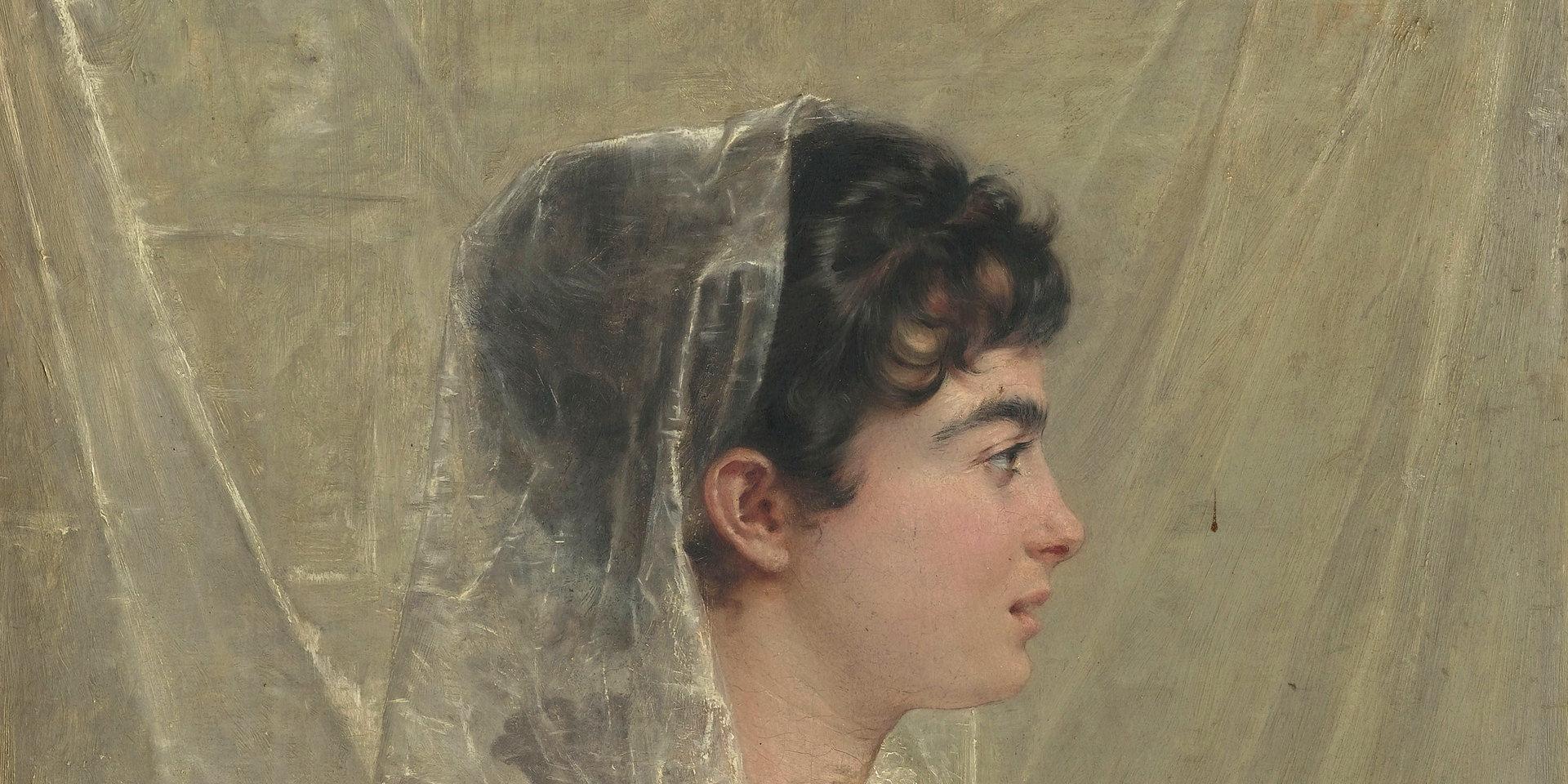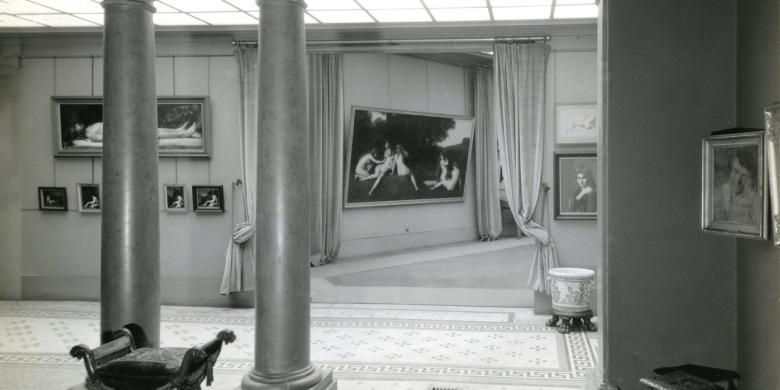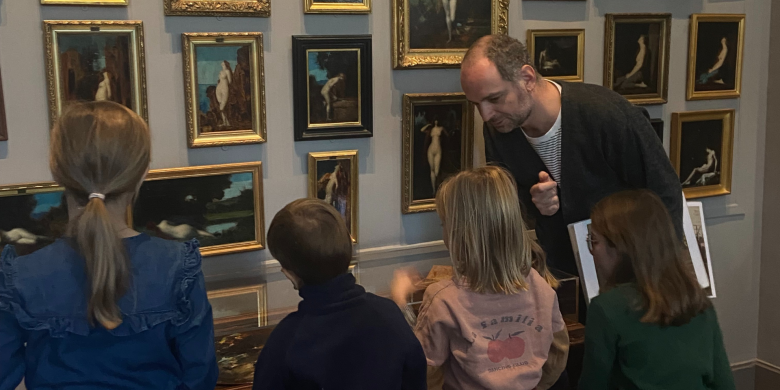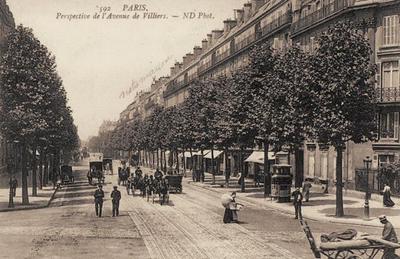
The Plaine Monceau quarter
Birth of a Fashionable Quarter
From 1854, the boundaries of the future Monceau quarter were planned by the architect Deschamps under the leadership of Prefect Georges-Eugène Haussmann. Old roads were transformed into three new major axes: current boulevard Malesherbes, avenue de Villiers and avenue de Wagram. However, from the 1870s only, architects began competing to building mansions and artist’s homes. Later, from the 1890s to 1900, investment properties were added. In La Plaine Monceau very different examples of 19th century bourgeois architecture can be found: big mansions, investment properties and artists’ studios. Residents at the time included upper middle class financiers and industrialists: regent of the Banque de France Emile Gaillard, perfumer Charles Guerlain or porcelain manufacturer Charles Haviland, magistrates, doctors and many renowned artists.
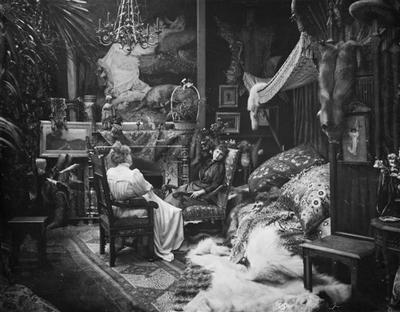
© Ministère de la Culture - Médiathèque du Patrimoine / RMN-GP / Paul Nadar
Bourgeois Artists
In this new quarter mixing between artists and the bourgeoisie became fashionable as well as in the Nouvelles Athènes district, several decades earlier, where Henner lived. Among the first to move into the area were painters Ernest Meissonnier and Edouard Detaille. They were both very famous at the time and took up residence boulevard Malesherbes in 1874. In 1876, the actress Sarah Bernhardt moved into rue Fortuny, next door to what would become the Henner Museum, and the playwright Alexandre Dumas fils, took up residence avenue de Villiers.
The fame of these artists attracted others and La Plaine Monceau became the centre of the cultural and artistic scene from 1870 to 1890. The mansions reflected of how famous its occupants were: Meissonnier’s home was a real palace. Lesser known painters would built more modest houses, rue Eugène Flachat, for instance. Whereas the so-called “avant garde” or “plein-air” painters gathered a short distance away at the Batignolles and around Place Clichy.
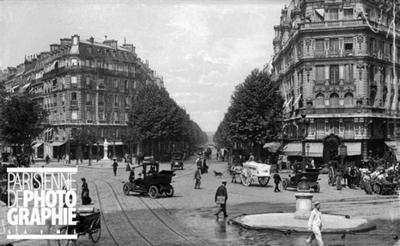
Salon for Artists
Not only painters but also writers were at the centre of society circles: Dumas (father and son), Edmond Rostand, Tristan Bernard or Victorien Sardou and musicians such as Charles Gounod, Camille Saint-Saëns, Gabriel Fauré or Claude Debussy. They all met up in the fashionable salons of Princess Mathilde, Juliette Adam or Madame de Saint-Marceaux, where the aristocracy, bourgeoisie and political figures mixed together, or in the salon of demimondaine Valtesse de la Bigne, nicknamed “l’union des peintres” (union of painters), whose house 98 boulevard Malesherbes was the height of luxury.
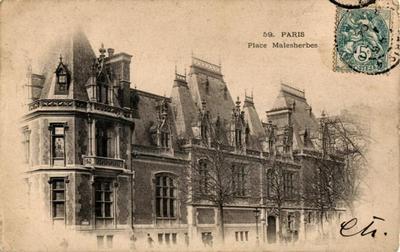
Artist’s Studios,
a Place for Fashionable Gatherings
All these beautiful people led eccentric lives ruled by a very tight social calendar, as each house had its “day”, and it was well considered to hold dinner parties that gathered together fashionable people of the time. Studio visits were one of the most popular social events.
“Friday is the day that was adopted by most artists as the day to entertain; on this day, avenue de Villiers is a curious place to see: the High Society of Paris parades by before going to the Bois (de Boulogne); everyone visits their painter; there is a studio in each Monceau quarter’s house; water and gas can be found in all modern buildings. You can measure the importance of a painter by the number of cars parked outside his mansion on a Friday.” (Albert Wolff, The Capital of Art, 1886)
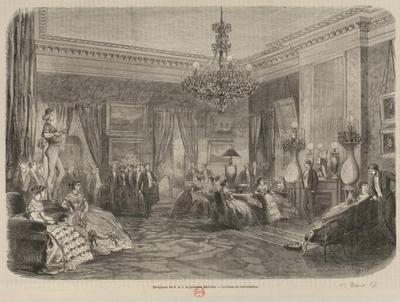
Henner and the Plaine Monceau Quarter
According to his diaries, Jean-Jacques Henner was invited to the Dubufe’s in 1875, so he knew the house and the winter garden.
Henner met Sarah Bernhardt in 1875. She later lived in the adjoining building, 35 rue Fortuny. Between 1878 and 1892, Henner regularly frequented the famous salon of Juliette Adam 190 boulevard Malesherbes, and from 1883 onwards, the music salon of the opera singer and singing teacher, Marie Trélat, who was close to the composer Camille Saint-Saëns. It is worth noticing that between 1886 and 1896 Henner was invited for dinner several times at Marcel Proust’s parents’ 9 boulevard Malesherbes. Marcel Proust was born in 1871 and lived there until 1900. He was the best reviewer on the salons at that time. In 1901 Henner went to the very popular salon of Madame de Saint-Marceaux 100 boulevard Malesherbes. His diaries also mention a dinner at the journalist Joseph Reinach avenue Van Dyck and many others.

